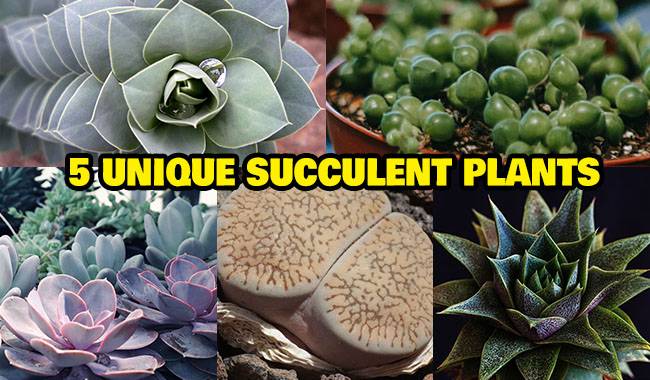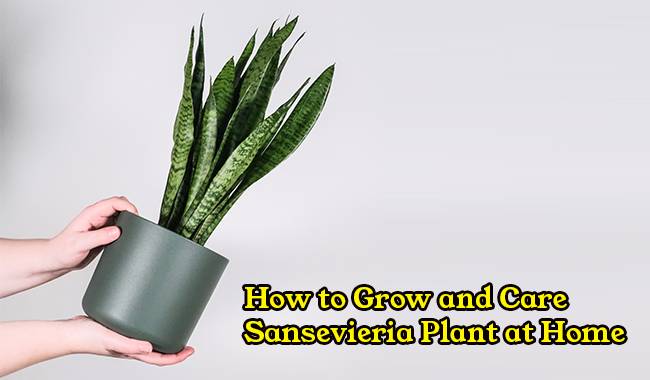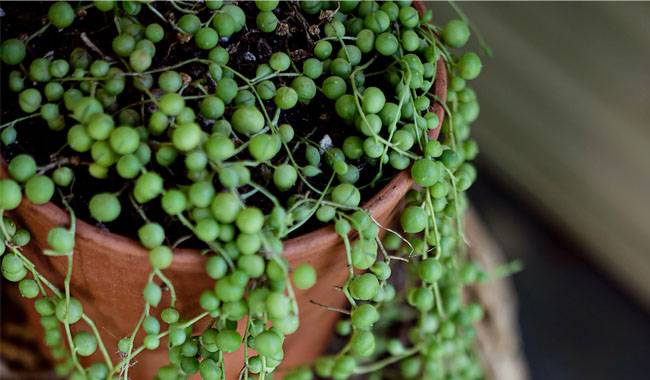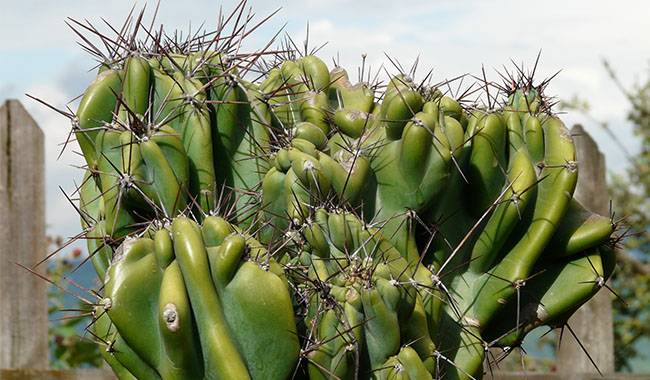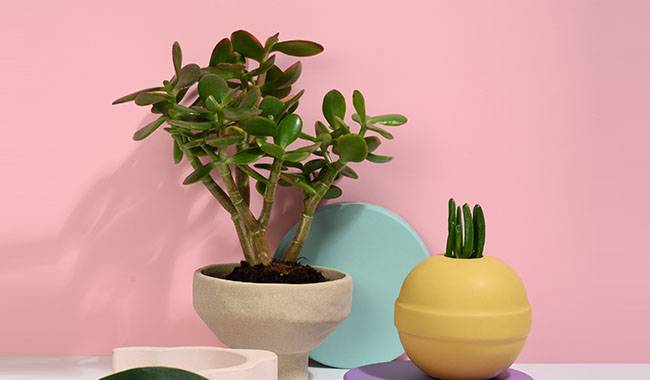
The perennial succulent – Jade Plant, also known as Crassula ovata, lucky plant, money plant, or money tree, belongs to the thistle family. It is named for the appearance of its leaves, which are relatively thick and fleshy. Generally, they are a dark green shade, but varieties with light green leaves can also be found.
Jade Plant has a hard trunk that is similar in appearance to a woody trunk. During flowering, it is decorated with pale pink or white flowers, either singly or as part of an inflorescence. The flowers may be stellate or tubular.
Other popular names include honeysuckle, lucky tree, money tree, slate, and coin tree. Most species are similar in structure to a shrub or tree. The plant is native to South Africa. However, today it can be found in the wild in almost every southern region.
The size of the Jade Plant can vary. Under natural conditions, the species can range from 2-80 inches (5-200 cm). It does not grow very fast. It can grow to a few inches tall in a season, averaging 4-6 inches (10-15 cm) over a 12-month period.
The plant is a perennial, but it requires periodic rejuvenation. The flowering time is from late August to mid-January.
BRIEF DESCRIPTION OF CULTIVATION OF JADE PLANT
- Temperature. Grows well at room temperature in summer – no more than 80 °F (27 °C). In winter, the shrub should be kept cool – at most 50-57 °F (10-14 °C). However, make sure that the room temperature never exceeds 44 °F (7 °C). 2.
- Humidity. Reduced. The crop is very tolerant of drought. Not every Jade Plant is well tolerated by spraying with a sprayer in the summer. If the surface of the leaves is velvety, it is highly undesirable to wet such a bush with a sprayer.
- Lighting. Lots of bright sunlight is needed. Varieties with green leaves grow better in the shade. However, thick plants with silvery foliage will die in the shade.
- Watering. In summer, the substrate in the pot should be heavily moistened every 7 days. In winter, the shrub does not need watering. Water infrequently in autumn and spring (every 2 weeks).
- Substrate. If you use a ready-made purchased soil mixture, it is recommended to mix it with a small amount of sand.
- Fertilizer. Shrubs need to be systematically fertilized during the growing season. Use a fertilizer specific for cacti. Fertilize every 15-20 days, using 1/2 the recommended dose.
- Repotting. It does not need to be systematically repotted. This method is only recommended if the root system becomes overcrowded in the pot. The root system is not very large, so do not use very large containers.
- Propagation. This plant has the ability to propagate itself. Falling leaf plates will soon grow roots. Such cultures are still propagated by growing from seeds or cuttings.
- Care characteristics. Care should be taken when handling Jade Plant as its leaf plates can easily break off. To give the crop the shape of a bush, the upper shoots should be pruned. Experienced growers recommend that if you have several small plants, you should plant them in the same container.
CARING FOR JADE PLANT AT HOME
Temperature
The appropriate temperature for a Jade Plant tree is 50-77 °F (10-25°C). At this temperature, it grows well and develops normally. In addition, the flower is drought resistant.
Air humidity
Jade Plant is one of the crops that reacts negatively to sprayer watering. However, it will not cause any harm to it if you do not spray it frequently. If there is velvet on the surface of the leaves, it should not be sprayed with a sprayer. Otherwise, leaf rot will occur.
Light intensity
Plants need a lot of bright light. Prolonged exposure to the scorching sun will not hurt. For this reason, experts recommend choosing a south-facing Jade Plant windowsill. However, it can also be grown on windows in any other direction.
How to water
Such plants do not need frequent watering, but they must be systematic. In summer, moisten the substrate as soon as the top layer is sufficiently dry. Generally, at this time of year, you water the thistle about every seven days.
In the winter, if you move the bushes to a cooler place, you can skip watering them altogether. If the room is very hot, water about once every four weeks (not more often.) Jade plants react very negatively to too much water in the substrate. Watering too often will kill the plant.
Cleaning
Although it reacts very negatively to sprays, the regular dusting of the leaves has a positive effect.
F. How to choose a pot
The root system of dandelion is well-branched and close to the surface of the substrate. It usually spreads outward. When choosing a container for planting, consider that the root system should not have an excessively thick layer of soil beneath it. A wide and low container is most suitable for Jade Plant.
More on how to choose a pot
Soil
If you wish, you can buy potting soil from a professional dealer. However, you can also make your own. Just combine perlite (or coarse sand), peat, leaf soil, and bog soil (3:2:2:2). Don’t forget to preheat each component in the oven for a few minutes.
Fertilization
The crop needs regular fertilization, but too many nutrients in the soil can be damaging. Fertilize approximately every 30 days in the spring and summer. Use cactus fertilizer at half the amount recommended by the fertilizer manufacturer. Do not fertilize in the fall and winter.
Transplanting Jade Plant
Thick plants do not need to be replanted often. This should only be done when the roots no longer fit in the pot.
Pruning
Major pruning of Jade Plant should be done in the last days of February or the first days of March. Remember that pruning should be done at the right time in the spring when vigorous growth begins. If any excess branches appear during the summer, they can be cut back.
Flowering
Jade Plant is cultivated indoors as a foliage crop. It blooms in winter. It has five-petaled, pinkish-white, or white flowers, except for a small number of species. If properly cared for, the shrub will form many flower buds by winter, and the pretty flowers will soon burst out of them.
Dormant period
From the first days of fall to the last days of winter, the plant is in a fairly pronounced dormancy period.
Can a Jade Plant survive the holidays undisturbed?
A potted Jade Plant can be left unattended for an extended period of time with no worries at all. However, water it heavily and shade the shrub before you leave. You can also cover the substrate with a layer of clay pebbles.
JADE PLANT PROPAGATION METHOD
Growing from seed
Fill the container with a substrate consisting of sand and potting soil. Put the seeds of the Jade Plant into the container. Cover the seeds with glass or film. Ensure that the seeds are aired and moistened daily with a sprayer. The first shoots should appear after about 15 days. Place the seedlings in a well-lit area.
Cuttings
Take cuttings in the spring using thick stem cuttings. Let the plugs dry outdoors for a while. For rooting, they are planted on a substrate of sand and peat. Remember to moisten the substrate regularly with a sprayer. Once the plugs have rooted, they will be planted in small individual containers. Choose a well-lit place for the young plants.
POSSIBLE PROBLEMS WITH JADE PLANT
Growers may encounter the following problems when planting a home Jade Plant.
- The leaves fall off in winter. It is too hot in the room. However, if the leaves fall off at other times of the year, it may be due to stagnant moisture in the substrate, which can lead to the onset of root rot. This could also be due to high nutrient levels in the potting soil.
- Shoots and foliage are thinning. The bush is being overwatered.
- Root rot has developed. The substrate has been too frequently and heavily wetted during the dormant period.
- Foliage is yellowing. Excessive light exposure.
- The leaves are discolored. Excessive light exposure.
- Light-colored spots appear on the leaves. These are sunburns. This usually occurs if the shrub is exposed to direct sunlight for too long.
- Dark spots appear on the leaves. These can also be sunburns, but not in all cases. This can also be a sign of a fungal disease, which often starts due to overwatering or infrequent ventilation of the room. If the spots are dry and brown, this is due to a lack of moisture.
- A reddish, dry crust appears on the surface of the leaves. This may be due to direct sunlight, lack of fresh air, or lack of nutrients in the substrate.
- Dried leaf flakes. This may be due to root rot.
- Insect infestation. Pests such as spider mites, scale, aphids, or mealybugs most often colonize plants.
It is very rare for pests to colonize a Jade Plant. If they do, they are weakened by poor care or unsuitable growing conditions.
JADE PLANT VARIETIES WITH NAMES AND PHOTOS
Crassula ovata (oval or egg-shaped)
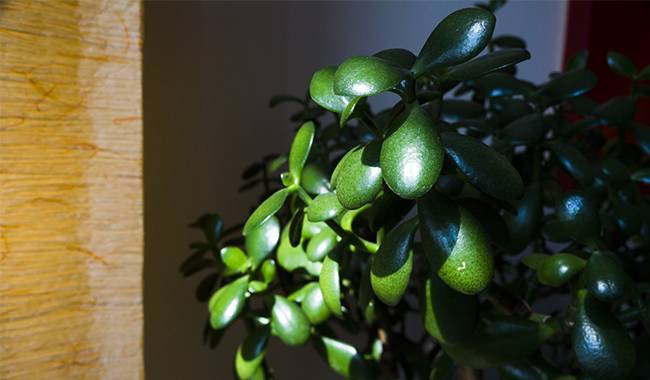
Named because the leaves are oval with a rounded edge. They can reach 30-90 mm in length. There is usually a red stripe on the edge of the leaf.
Crassula portulacea
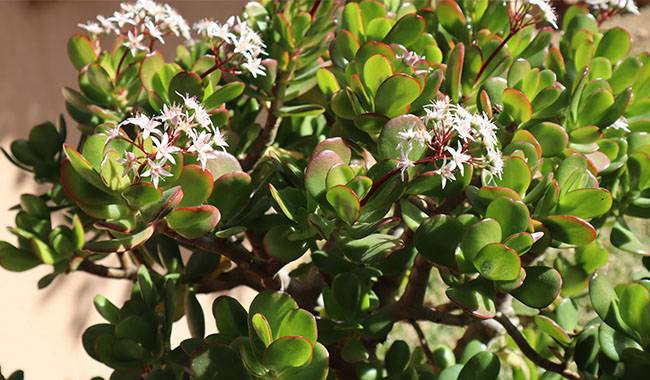
This species is similar in appearance to the elliptical thistle. Its glossy leaf lamellae are teardrop-shaped. After a while, the branches spread out in different directions. The leaves on the branches are very numerous and form a lush canopy.
Crassula hobbit
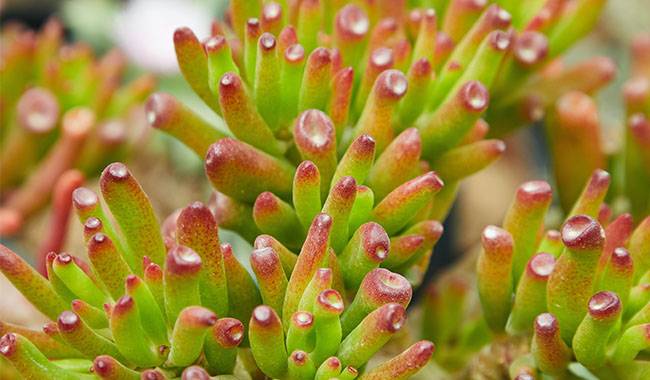
This species is particularly notable for the shape of its leaves. The shape can be very different but is often pointed.
There are also other differences between this plant and other species of thistle. For example the bush rarely flowers under indoor conditions and differs in its slow growth (only a few inches per year).
Crassula sunset
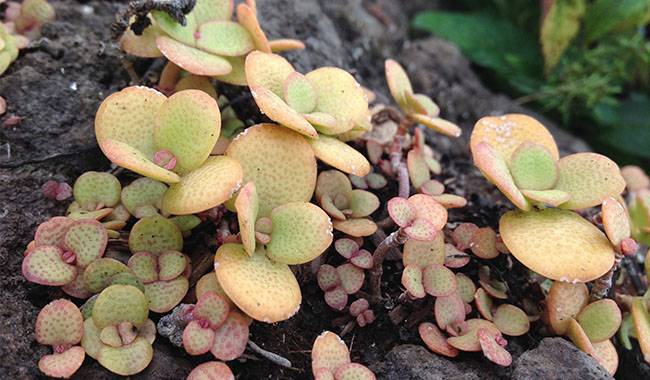
This species is distinguished by the color of its leaves. There are clearly visible red stripes along the edges of the leaves. They are much larger compared to the egg-shaped Jade Plant. The shrub may appear to burn under special lighting.
Crassula arborescens
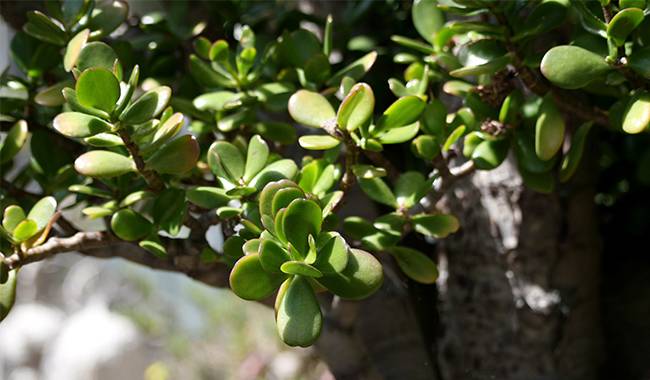
This species, unlike the others, can develop into a huge tree over the years. However, it requires correct care and the most favorable growing conditions.
Crassula tetragona
The leaves of this species also have an unusually broad leaf shape. They grow to about 40 mm long. The shoots are woody.
Crassula pellucida
The leaves have an unusual color. Along the margin, there are dark pink stripes.
Crassula lycopodioides
This species is similar in appearance to the four-sided Crassula and Crassula hobbit. Except for the unusual shape of the leaf plates, this species does not have a distinctly tree-like trunk.
THE VALUE OF THE JADE PLANT
Jade Plant has medicinal value. It is widely used in folk medicine to treat various diseases.
What are the benefits of the Jade Plant as a plant are as follows?
- It treats minor and serious skin injuries such as scrapes, burns, frostbite, wounds, scratches, boils, and septic wounds.
- It is used to treat some vascular diseases. This plant has anti-inflammatory and anti-edema properties, and it can treat hemorrhoids and varicose veins.
- It is used to treat joint diseases such as rheumatism, arthritis, and osteochondrosis.
- For some diseases, it helps to restore mucous membranes, such as herpes, periodontal disease, sore throat, fungus, and stomatitis.
The juice extracted from the freshly picked leaves is often used for therapeutic purposes. The leaves themselves can also be used for this purpose. The intake of the leaves is beneficial to the digestive system and, in the case of ulcers and gastritis, to the organs of the gastrointestinal tract.
It is also used in cosmetology. The juice can be used to cleanse the skin of the face or to rinse the hair. This clears acne from the face and dandruff from the scalp and soothes itching.
SUPERSTITIONS AND OMENS
Jade Plant is known as the money tree, and not without reason. There are a large number of beliefs associated with this culture, for example.
- Are the leaves falling off the tree? Count how many leaves have fallen off, and that’s how many percent of your profit you will lose.
- If you receive a large-sized Jade Plant as a gift, you are in for a big payday. If the bush is small – then expect a gradual profit.
- If flowers have fallen, containers have broken, and soil has overflowed – you should expect financial difficulties in the near future.
- If the plants have started to wilt and shrivel – you should try to correct this. If nothing helps, then get rid of the shrubs.
- To increase money circulation in your home, you should hang a few notes on the shrubs. It is recommended to remove old notes and hang new ones regularly.
Everyone has the right to believe in these beliefs or not. But most flower growers admit that they get thistle simply because of its spectacular appearance.
More Related Information About Planting & Growing Succulent Plant




